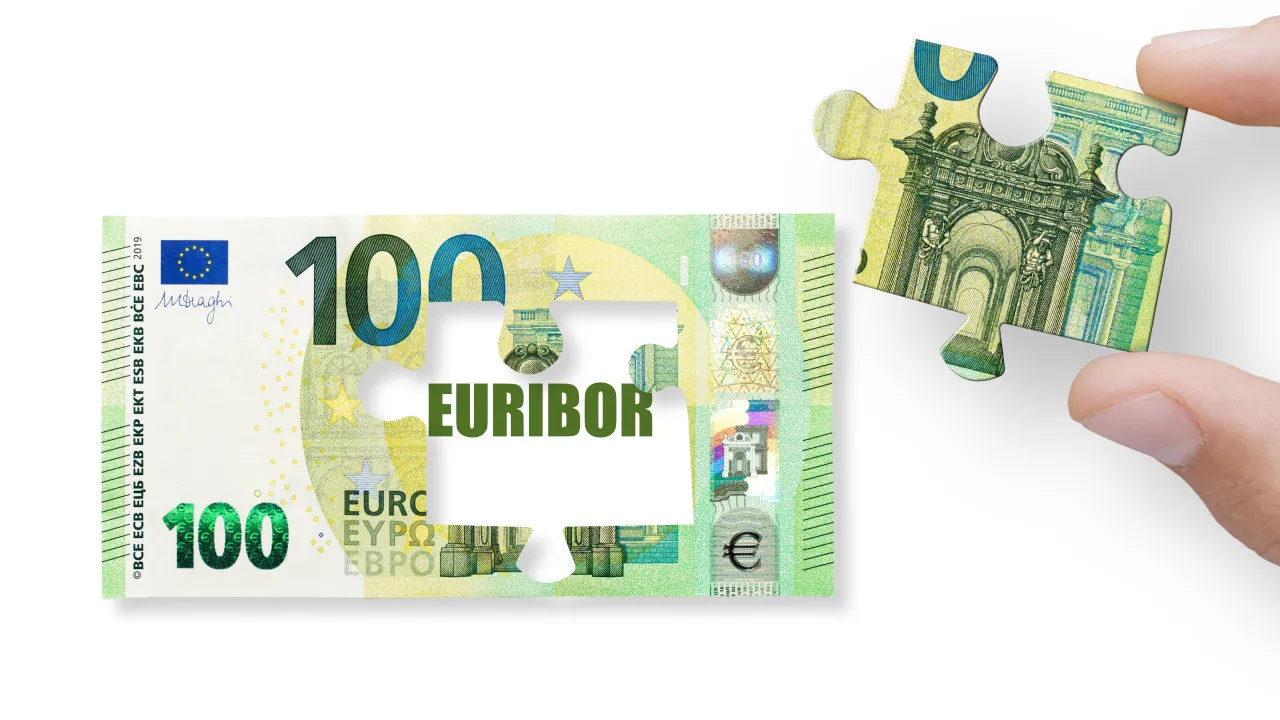
The Euribor rate rose today at three months, remaining above 2%, and fell at six and twelve months compared to Thursday.
With today’s changes, the three-month rate, which increased to 2.019%, remained below the six-month (2.083%) and twelve-month (2.121%) rates.
The six-month Euribor rate, which became the most used in Portugal for variable-rate housing loans in January 2024, decreased today, being set at 2.083%, 0.004 points less than on Thursday.
Data from the Bank of Portugal (BdP) for June indicate that the six-month Euribor represented 37.74% of the stock of loans for permanent owner-occupied housing with a variable rate.
The same data indicate that the twelve-month and three-month Euribor represented 32.28% and 25.58%, respectively.
Over twelve months, the Euribor rate also fell, being set at 2.121%, 0.001 points lower.
Conversely, the three-month Euribor rose to 2.019%, 0.016 points higher than the previous day and above 2% for the second consecutive session.
In the last monetary policy meeting on July 24, the European Central Bank (ECB) maintained the key interest rates as anticipated by the markets after eight reductions since the entity began this cycle of cuts in June 2024.
While some analysts anticipate the maintenance of the key rates at least until the end of the year, others predict a new cut of 25 basis points in September.
The next ECB monetary policy meeting will take place on September 10 and 11 in Frankfurt.
In July, the monthly averages of the Euribor reversed the trend of recent months and rose slightly in the two shortest terms, but more sharply at six months.
The average Euribor in July rose 0.002 points to 1.986% at three months and 0.005 points to 2.055% at six months.
At twelve months, after remaining steady in June, the average Euribor fell slightly in July, specifically 0.002 points to 2.079%.
The Euribor rates are set by the average of the rates at which a group of 19 eurozone banks is willing to lend money to each other in the interbank market.




